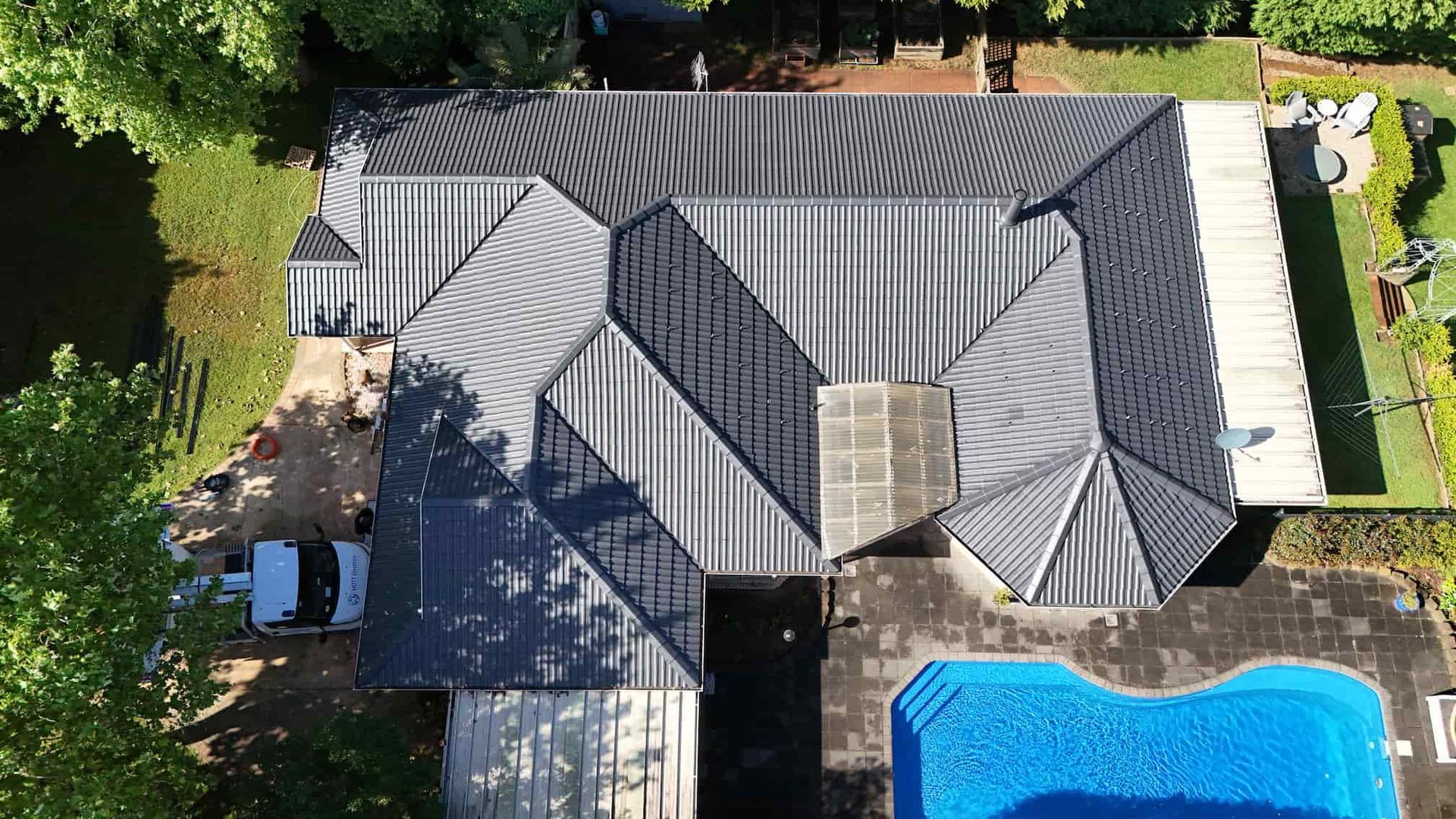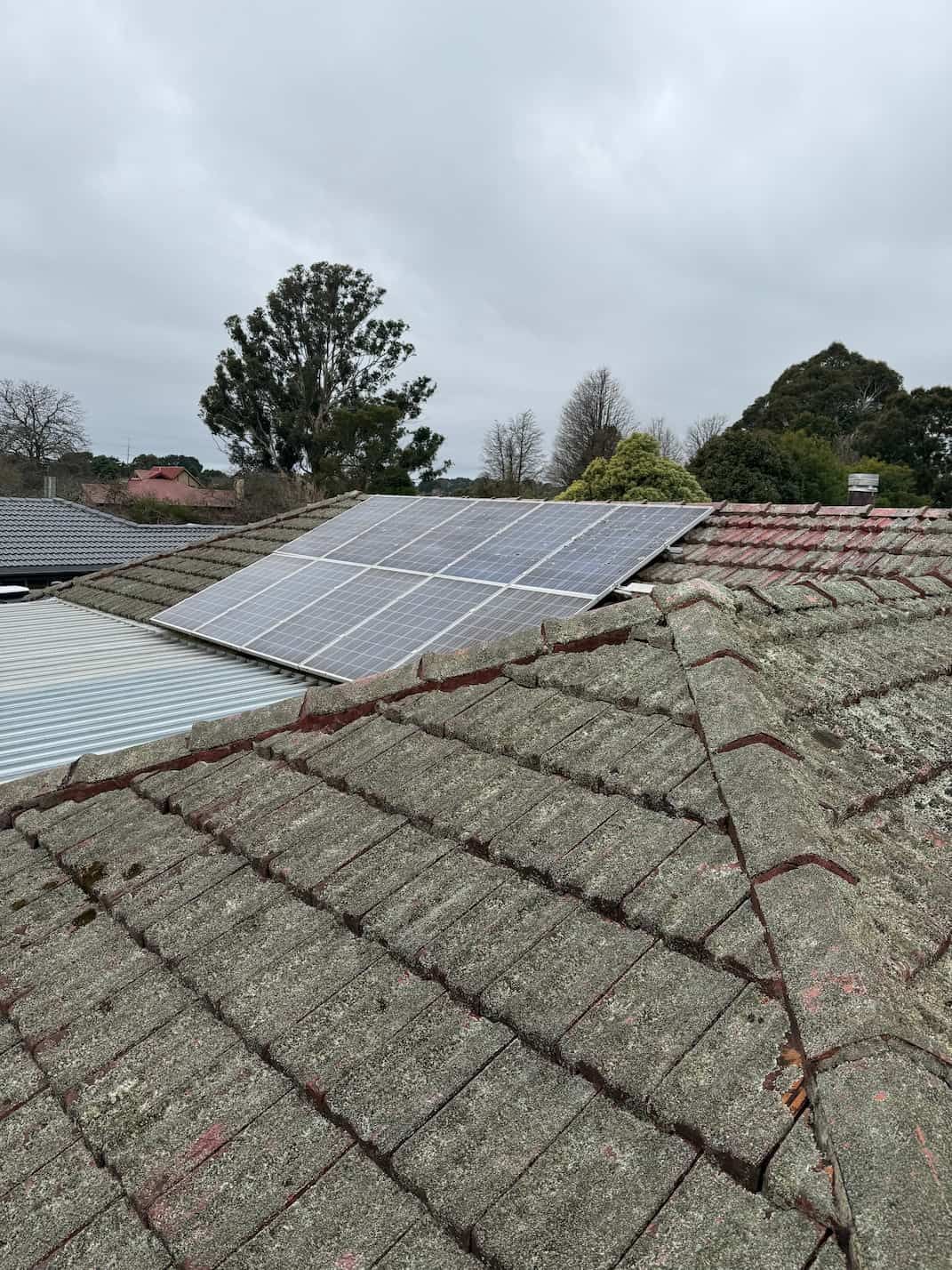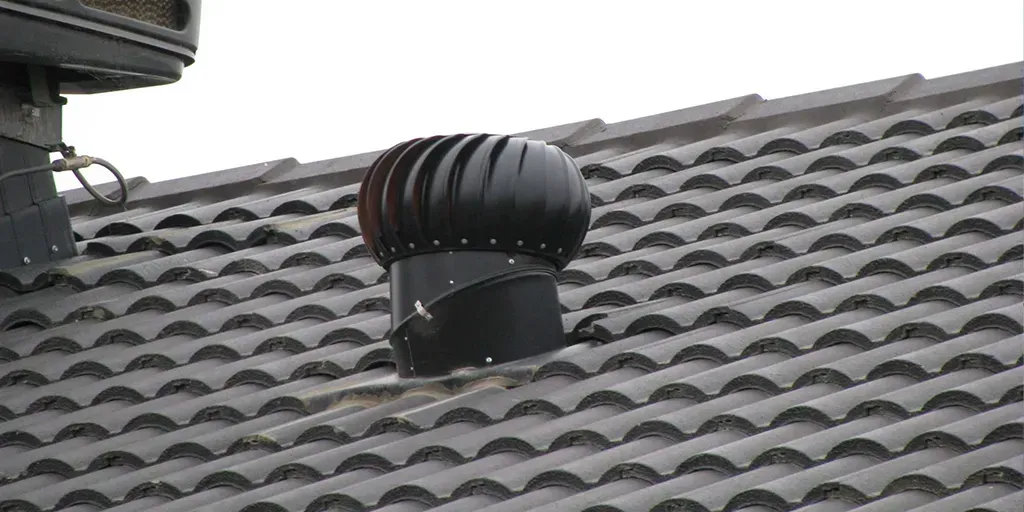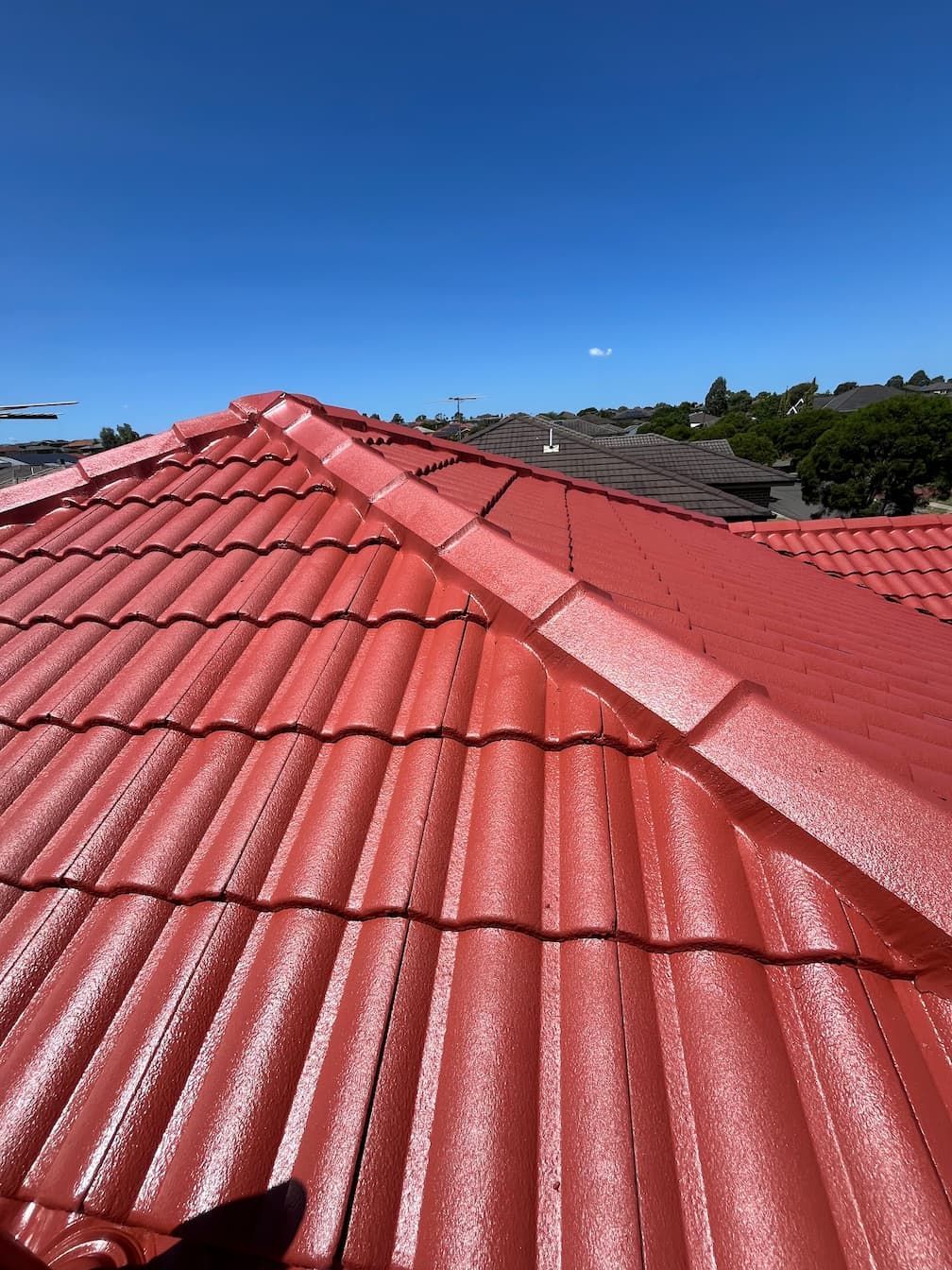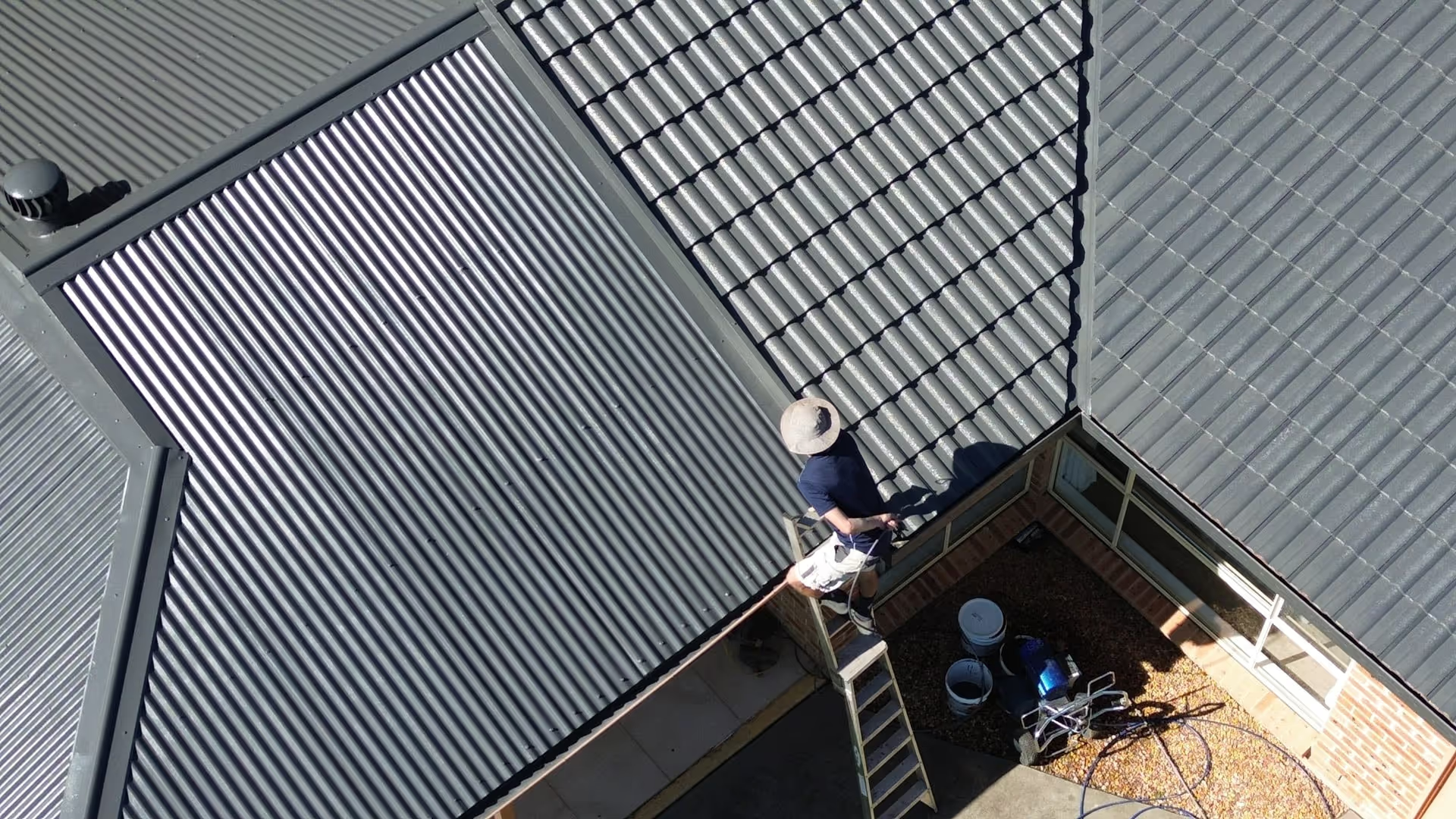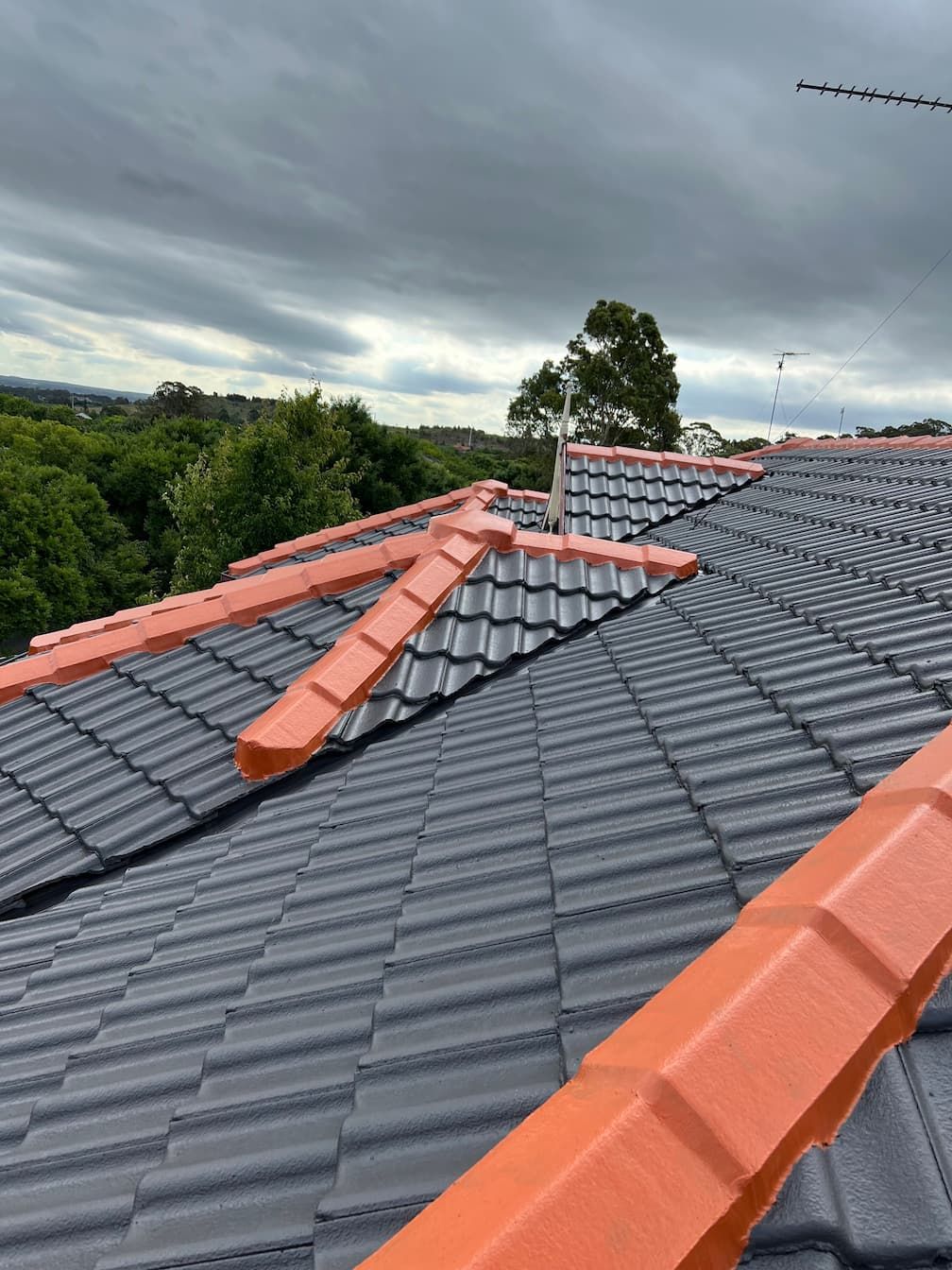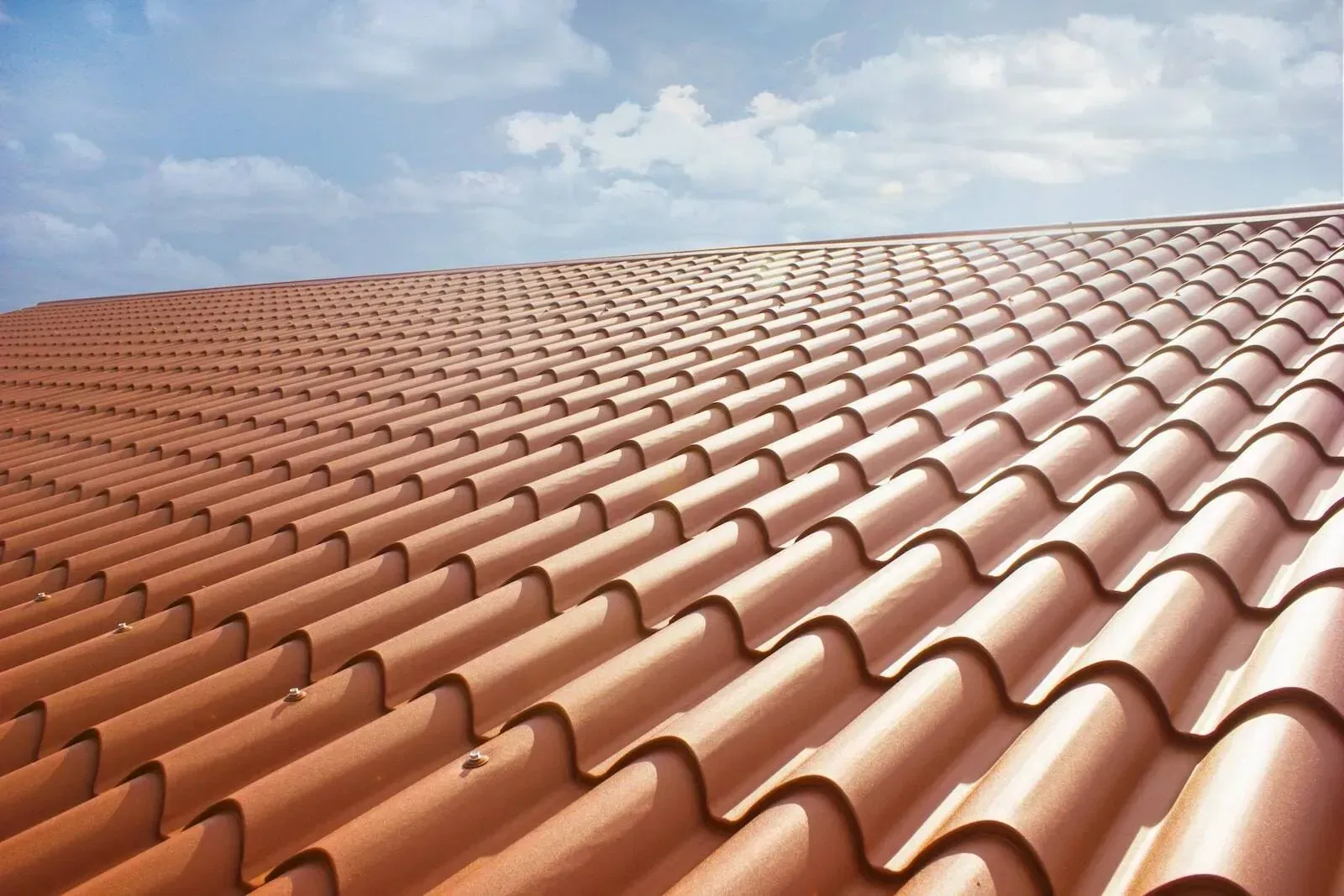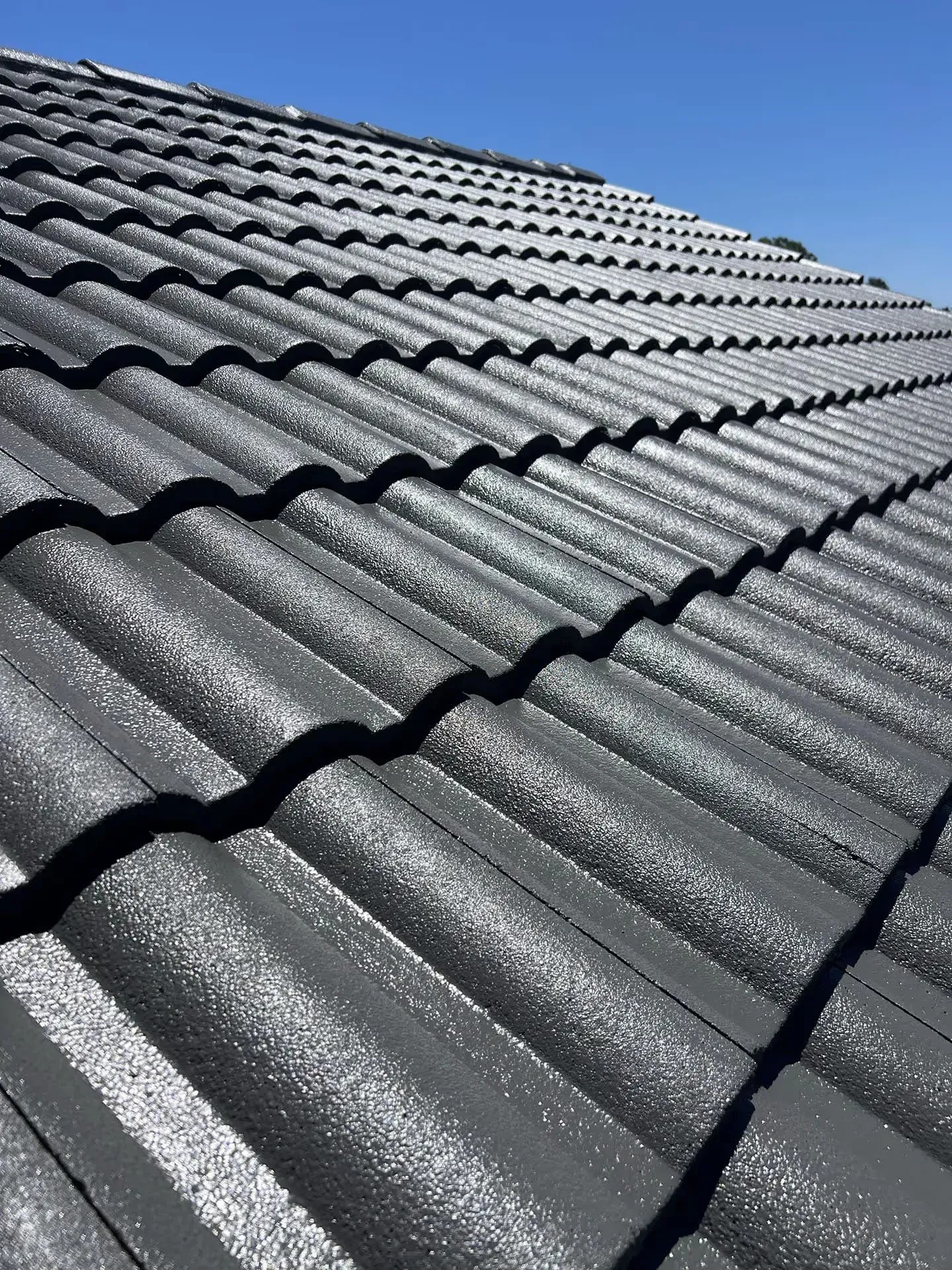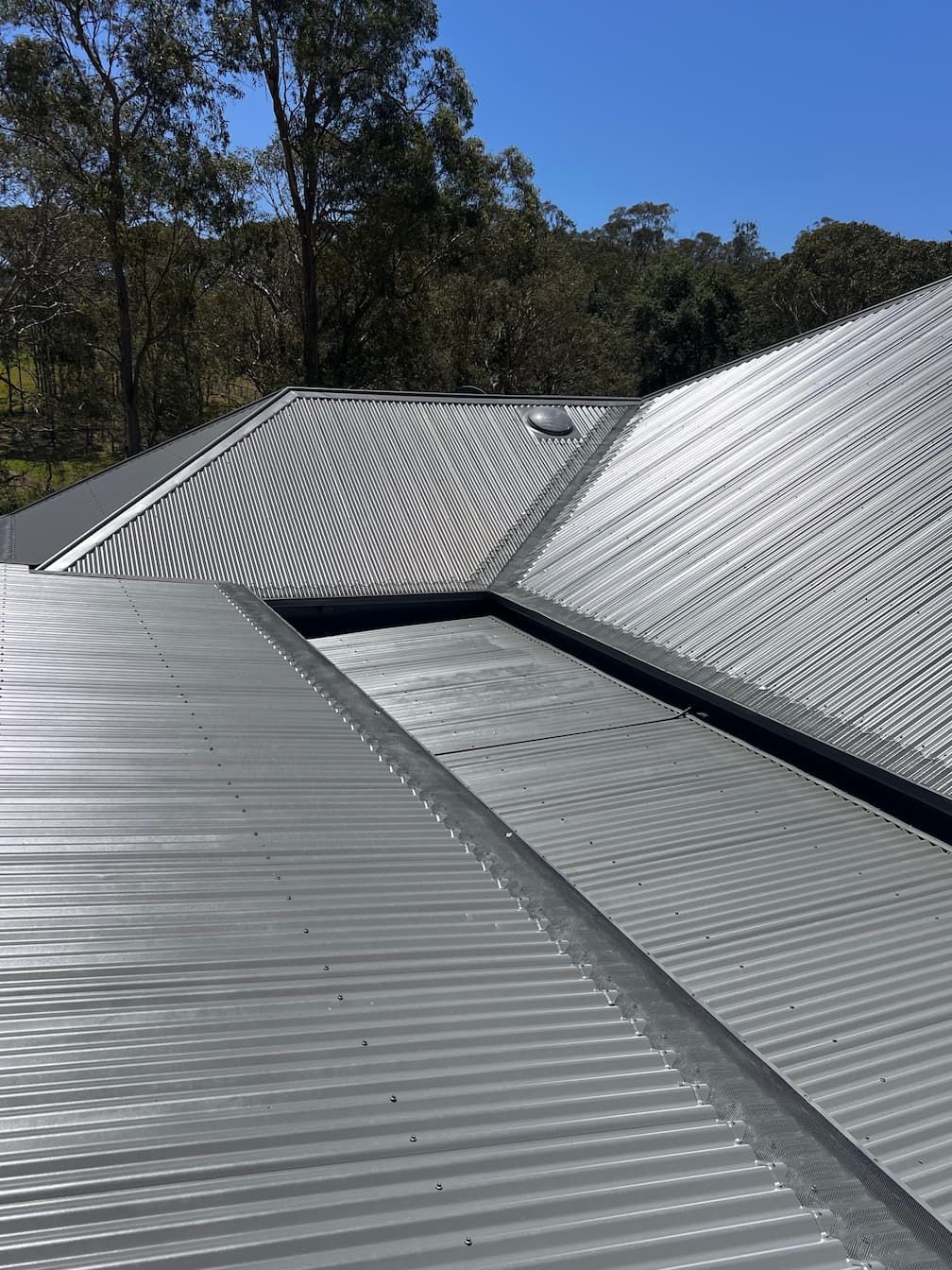How To Install Gutter Guard
Gutters are a vital part of your home’s drainage system. They protect your roof, walls, and foundation by directing rainwater away from the property. But when gutters get clogged with leaves, dirt, and debris, they stop working effectively. That’s where gutter guards come in.
This guide explains the process of installing gutter guards, the potential challenges, and why hiring an expert is often the smarter choice.
What Is a Gutter Guard?
A gutter guard is a protective cover or filter that sits over your gutters to stop leaves, twigs, and other debris from entering. They come in different styles, such as:
- Mesh or screen guards – fine screens that block debris while allowing water through.
- Brush guards – cylindrical brushes that sit in the gutter to trap leaves on top.
- Foam inserts – porous foam that fills the gutter, letting water through but blocking larger debris.
- Surface tension guards – curved covers that direct water into the gutter while leaves wash over the edge.
Each type has its own pros and cons, but the goal is the same: reduce the need for constant gutter cleaning and improve the flow of rainwater.
Tools & Materials Needed To Install Gutter Guard
If you were to attempt installing gutter guards yourself, you would typically need:
- Ladder (tall enough to reach the roof safely)
- Drill or screwdriver
- Gutter guard panels or rolls
- Tin snips or cutting tool
- Safety gloves and goggles
- Screws or clips (depending on guard type)
At first, this list may not seem overwhelming, but safety is where most homeowners underestimate the job.
Step-by-Step Guide to Installing Gutter Guard
Here’s a simplified overview of the process professionals follow when installing gutter guards:
1. Clean the Gutters Thoroughly
Before guards are fitted, gutters must be clear of all leaves, mud, and built-up grime. If not, you risk sealing in blockages that will cause water to overflow later.
2. Inspect for Damage
A professional will check for sagging, rust, or broken brackets. If the gutters aren’t in good condition, installing guards won’t solve underlying problems.
3. Measure and Cut the Guards
Gutter guards are not one-size-fits-all. They need to be cut precisely to the correct length, ensuring full coverage with no gaps where debris can sneak in.
4. Install the Guards
Depending on the type, the guard may need to be clipped, screwed, or laid into place. This step must be done carefully to ensure they sit securely and do not interfere with roof tiles or shingles.
5. Secure and Seal
Professionals make sure guards are properly fastened so they withstand heavy rain and wind. Any loose edges can cause water to back up or create an entry point for pests.
6. Final Testing
Water is often flushed through the gutters to confirm that everything flows as it should. A poorly installed guard may look fine but fail when tested in real rain.
Challenges of DIY Installation
While the above steps may seem manageable, the reality is more complex. Homeowners often encounter:
- Safety risks – working at heights on ladders or roofs is hazardous without the right training and equipment.
- Incorrect fit – poorly cut or misaligned guards can create more problems than they solve.
- Roof damage – lifting roof sheets or tiles incorrectly can cause leaks.
- Limited lifespan – improperly installed guards may loosen quickly, requiring reinstallation.
Even with the right tools, DIY results are rarely as durable or effective as a professional installation.
Why Professional Installation Is Best
Hiring an expert gutter guard installer ensures:
- Safety – professionals are trained to work at heights and use the correct equipment.
- Precision – guards are cut and fitted properly, leaving no weak points.
- Durability – a secure installation means the guards will last longer and withstand storms.
- Warranty protection – many guard products only come with warranties when fitted by a professional.
- Cost-effectiveness – while DIY may seem cheaper initially, mistakes can lead to roof or gutter repairs that cost far more than hiring a pro.
How Much Does Professional Gutter Guard Installation Cost?
Prices vary depending on the type of guard, the size of your home, and roof accessibility. On average in Australia, homeowners can expect to pay:
- $20 – $35 per metre for supply and installation of basic mesh guards.
- More for premium guards designed for bushfire-prone or heavy-rainfall areas.
While this might be more than a DIY kit from the hardware store, you’re paying for expertise, safety, and peace of mind.
Signs It’s Time to Install Gutter Guards
If you’re unsure whether gutter guards are necessary for your home, here are some indicators:
- Frequent clogging, even after regular cleaning.
- Overflowing water during heavy rain.
- Your property has lots of trees nearby.
- You want to reduce the need for regular gutter cleaning.
- Birds or pests often nest in your gutters.
In all these cases, guards can help – but only when installed correctly.
Conclusion
Installing gutter guards is one of those jobs that looks easy until you’re halfway through and realise the risks and precision involved. While DIY is possible, it’s not always wise. A poorly installed guard can create leaks, damage your roof, and cost you more in the long run.
Contact Rapid Roof Services today for professional
gutter guard installation and reliable protection for your home.
Written by Ryan Wilson
With over 15 years of roofing experience, Ryan is committed to delivering high-quality results for every client. As the owner and director of Rapid Roof Services, he takes pride in honest advice, unbeatable workmanship and ensuring every roof is restored to the highest standard.



